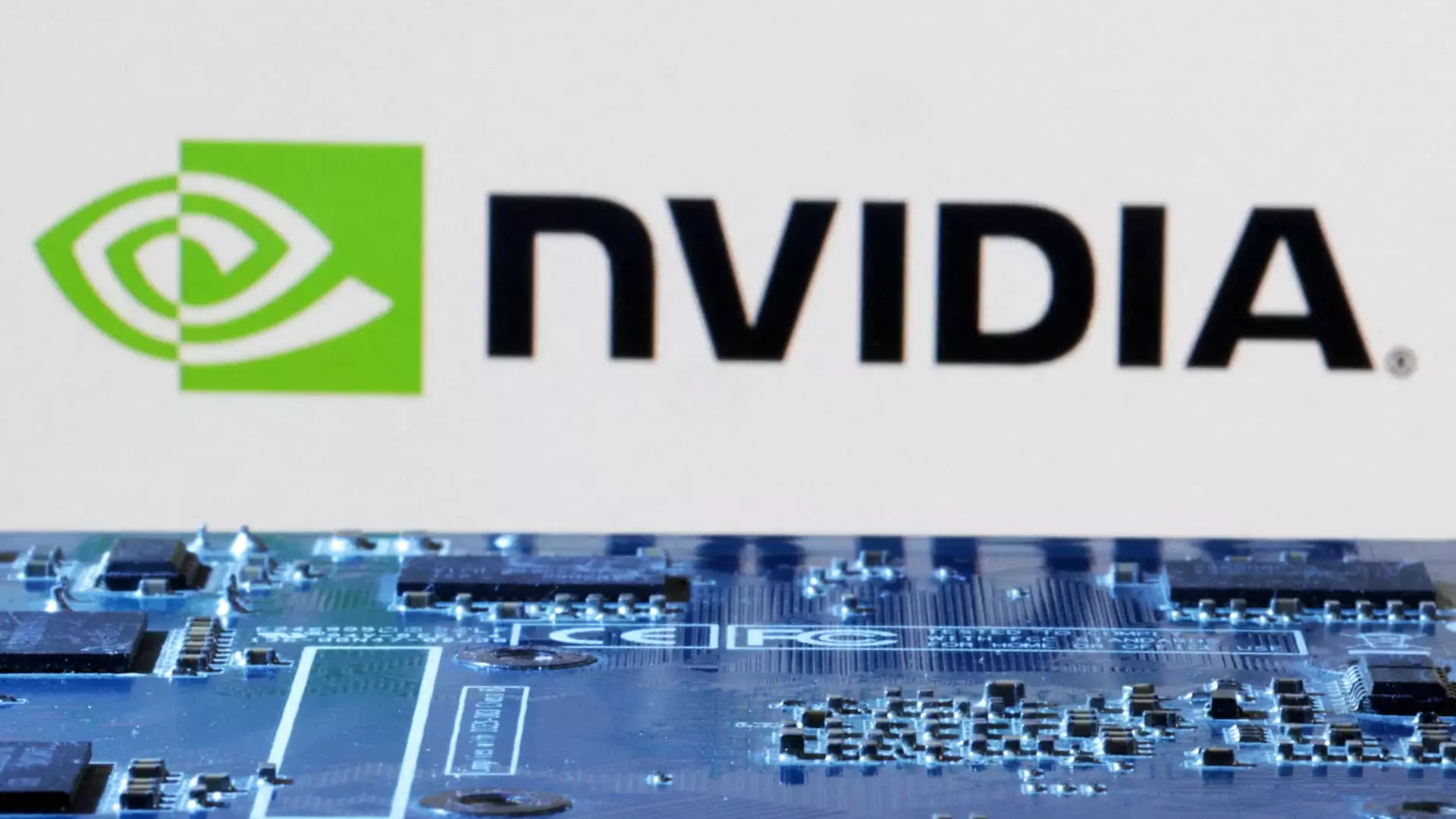The excitement on Wall Street often rides on the waves of analyst ratings and stock price fluctuations, which impact not just the market but also investor sentiment. In this analysis, we will delve into the recent moves made by various financial institutions, scrutinizing their implications and the broader context surrounding these calls. By understanding these dynamics better, stakeholders can gain insights into the pressing issues that drive stock performance and market trends.
Loop Capital has recently initiated a “Buy” rating on NXP Semiconductor, forecasting a price target of $300. This move comes as NXP, much like its automotive counterparts in the semiconductor industry, has been a consensus short since the end of 2023. The firm cites a significant reduction in inventory days from automotive tier-one suppliers as a key indicator of the market’s realignment. This trend could suggest that while the immediate future may seem shaky for such stocks, significant underlying value might still be present, especially as automotive technologies proliferate.
Likewise, ON Semiconductor has garnered attention with Loop’s initiation of coverage, driven by what they categorize as a “low valuation.” Yet, the broader narrative reflects a persistent bear sentiment, particularly following the recent reductions in production levels and inventory management trends within the automotive sector. The risk remains that these companies could face volatility as they navigate the current automotive landscape’s cyclical nature.
Mizuho’s reaffirmation of Nvidia as a “Buy,” along with a raised price target of $165, illustrates a compelling narrative. Nvidia continues to dominate the AI and graphics processing units (GPUs) market, and analysts are bullish ahead of its earnings announcement scheduled for November 20. With a growing demand for AI capabilities that the company substantially supplies, Nvidia’s trajectory seems promising. However, the challenge lies in maintaining this momentum amid increasing competition and market saturation, raising questions about how sustainable its lead in AI technology will be in the long run.
Morgan Stanley remains optimistic about Walmart, raising its price target to $89. The firm discusses the retailer’s expansion into higher-income demographics and eCommerce, indicating strong structural growth potential. This strategic focus could help Walmart sustain its market position in an increasingly competitive retail landscape.
In parallel, Morgan Stanley’s continued support for Tesla reflects a belief in the electric vehicle giant’s expansive total addressable market (TAM). Despite potential macroeconomic headwinds and changing political landscapes, they foresee Tesla’s unique position allowing for further market penetration. The critical query here is how external factors, such as regulations and electrification policies, might influence these projections.
Recent adjustments have also arisen in the outlook for several notable firms. Citi’s downgrade of Ross Stores to “Neutral” underscores the heightened uncertainty following a management transition from outside the industry. This caution signals a shift in investor confidence, marking a pivotal point as the company navigates new leadership dynamics.
Conversely, Bank of America acknowledges confidence in Wells Fargo, adding it to their top picks list amidst broader market tumult. This highlights a stark contrast in sentiment compared to other financial institutions that may struggle with leadership transitions or operational disruptions.
Moreover, Deutsche Bank’s upgrade of SentinelOne to “Buy” demonstrates a keen recognition of the company’s strategic positioning in the cybersecurity domain. As the sector grows increasingly vital, identifying the right players with strong growth potential is crucial for investors seeking opportunities amid market volatility.
As firms like Bank of America reiterate positions on Apple and Twilio, the undercurrent of technological growth remains robust. Apple’s sustained investment in silicon and services shows a keen ability to innovate and expand its revenue base, while Twilio’s involvement in AI and digital transformation provides a strategic avenue for significant future gains.
This multiplicity of strategic insights essentially defines the market landscape going forward. With giants like Meta and Alphabet remaining formidable players, their ongoing adaptation to technology will likely yield lucrative returns. However, vigilance is required from investors to discern the sustainability of these advancements and their subsequent impact on the broader ecosystem.
As Wall Street continues to experience fluctuations, the chorus of analyst ratings and predictions not only reflects underlying trends but also drives investor behavior. While some companies, particularly in the tech and automotive sectors, are positioned for growth, others face the challenges of leadership changes and shifting market demand. As always, navigating these nuanced calls requires investors to remain vigilant and critically assess both the context and the potential of each stock.

